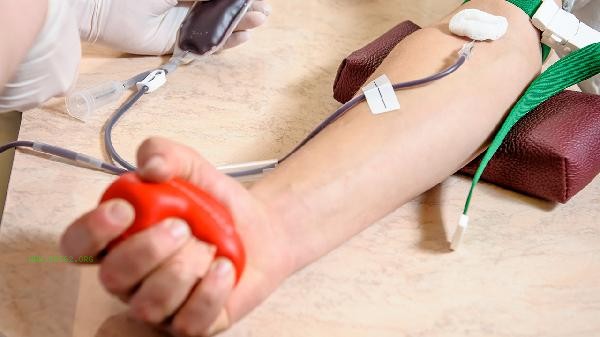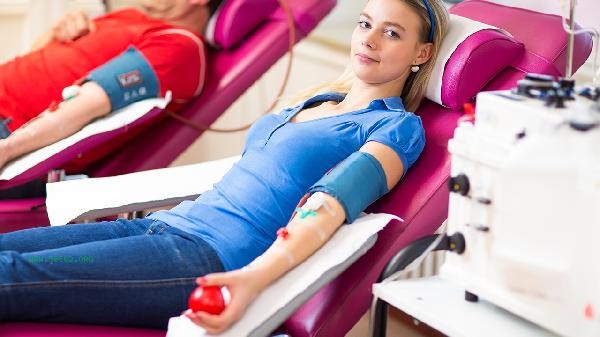hyperlipidemia can be improved through lifestyle interventions, dietary adjustments, exercise management, medication control, and regular monitoring, but complete eradication requires long-term comprehensive management. High blood lipids are usually caused by genetic factors, unhealthy dietary habits, lack of exercise, metabolic abnormalities, and secondary diseases.

1. Lifestyle intervention:
Smoking cessation and alcohol restriction are basic measures to improve blood lipids. Nicotine in tobacco can damage vascular endothelium, increase liver burden due to alcohol metabolism, and both can exacerbate dyslipidemia. It is recommended that men consume no more than 25 grams of alcohol per day and women no more than 15 grams. Maintaining a regular daily routine helps regulate lipid metabolism and avoid hormonal imbalances caused by staying up late.
2. Dietary adjustment:
Adopting a Mediterranean diet pattern can effectively reduce low-density lipoprotein cholesterol. Daily intake of 25-30 grams of dietary fiber, with priority given to whole grains such as oats and brown rice. Control saturated fatty acid intake, replace animal oil with olive oil, and consume deep-sea fish 2-3 times a week. Strictly limit trans fatty acids and avoid consuming processed foods containing hydrogenated vegetable oils.
3. Exercise management:

Doing 150 minutes of moderate intensity aerobic exercise per week can increase high-density lipoprotein levels. Recommend activities such as brisk walking, swimming, cycling, etc., with a heart rate maintained within the range of 220 age x 60% -70% during exercise. Resistance training is conducted 2-3 times a week, with a focus on exercising large muscle groups, which can enhance basal metabolic rate. Avoid prolonged sitting and get up and move for 5 minutes every hour.
4. Drug control:
Statins are the basic drugs for regulating blood lipids, such as atorvastatin, rosuvastatin, etc., which exert their effects by inhibiting cholesterol synthase. Betrate drugs such as fenofibrate are suitable for patients with elevated triglycerides. Severe mixed hyperlipidemia may consider PCSK9 inhibitors. Regular monitoring of liver function and creatine kinase is required during medication.
5. Regular monitoring:
Four blood lipid tests are conducted every 3-6 months, with a focus on the compliance of low-density lipoprotein cholesterol. Patients with hypertension or diabetes need to monitor blood pressure and blood sugar simultaneously. Regularly track changes in visceral fat index through a body fat scale. Establish health records to record dynamic changes in indicators such as weight and waist circumference, and adjust intervention plans in a timely manner. Patients with hyperlipidemia can increase their daily intake of plant-based proteins such as nuts and soy products, and use steaming instead of frying for cooking. Persisting in consuming 30 grams of nuts per day can help improve blood lipid profile, so it is recommended to choose natural almonds or walnuts first. The tea polyphenols in green tea have a regulatory effect on lipid metabolism. Maintain moderate exercise habits and avoid cardiovascular events induced by vigorous exercise. Combining patients with other chronic diseases requires developing personalized plans under the guidance of a doctor, and medication dosage cannot be adjusted without authorization. Regularly conduct vascular assessments such as carotid ultrasound to detect early signs of arteriosclerosis.









Comments (0)
Leave a Comment
No comments yet
Be the first to share your thoughts!